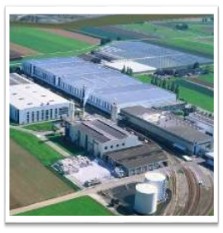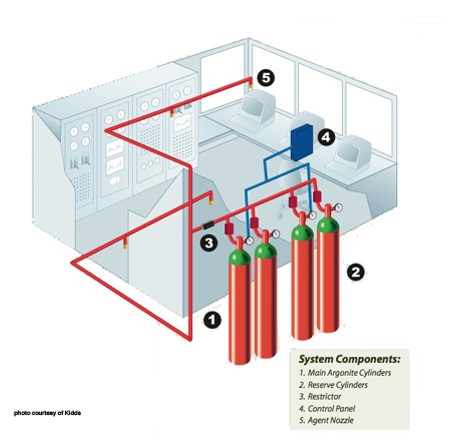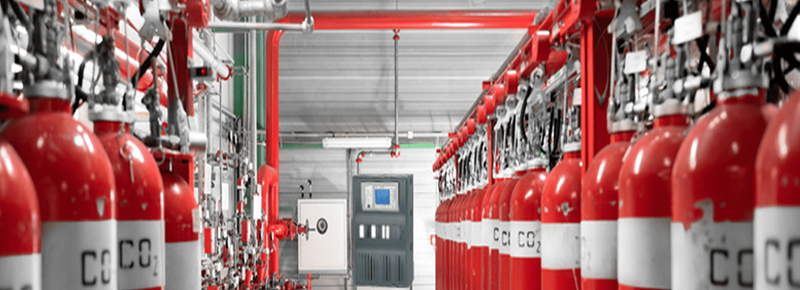
Gas Suppression is clean agent fire suppression, is a term to describe the use of inert gases and chemical agents to extinguish a fire. These agents are governed by the National Fire Protection Association (NFPA) Standard for Clean Agent Fire Extinguishing Systems – NFPA 2001 in the US, with different standards and regulations in other parts of the world. We have certified with license for Gas suppression system.
An extinguishing system which is primarily based on inert gases in enclosed spaces presents a risk of suffocation. Some incidents have occurred where individuals in these spaces have been killed by carbon dioxide agent release (only in the case of CO2 carbon dioxide systems). When installed according to fire codes the systems have an excellent safety record. To prevent such occurrences, additional life safety systems are typically installed with a warning alarm that precedes the agent release. The warning, usually an audible and visible alert, advises the immediate evacuation of the enclosed space. After a pre-set time, the agent starts to discharge. Accidents have also occurred during maintenance of these systems, so proper safety precautions must be taken beforehand.
Types :
Clean Agent Fire Suppression Systems
Clean systems use chemicals or gas to deplete fire. Many works to remove fire’s source, oxygen, with a counteracting gas. While clean agent systems are more sophisticated and require a bit more upkeep than standard water sprinklers, they are a great solution to environments with expensive equipment that cannot risk water damage from a sprinkler system. Here are the clean agent systems can install for your NJ, PA, or DE business
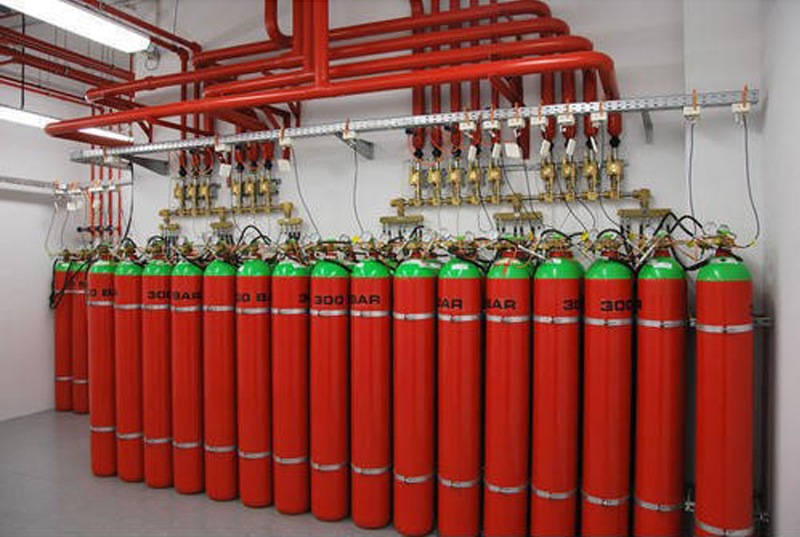
FM-200 Fire Suppression Systems
FM-200 is a clean agent designed specifically to protect sensitive electronic equipment. FM-200 uses both chemical and physical mechanisms. It discharges gas directly onto the surface of combustible materials. The agent work to absorb heat, effectively lowering the material’s temperature below the ignition point.
FM-200 deploys quickly and cleanly, so you won’t have to deal with oily residue, particulate, or water. FM-200 is one of the fastest suppression systems available; its extinguishing levels are typically reached in 10 seconds or less. This extreme speed results in less damage, lower repair costs, and shorter downtime—not to mention a greater window of safety for any people that may be involved in the fire.
A photographic lens for which the focus is not adjustable is called a fixed-focus lens or sometimes focus-free. The focus is set at the time of lens design, and remains fixed. Fixed-focus cameras with extended depth of field (EDOF) sometimes are known as full-focus cameras
Foam Fire Suppression Systems
Foam suppression systems are best suited to highly flammable environments such as commercial kitchens, airports, and manufacturing plants. Foam works to remove oxygen, the fire’s source, and prevent combustion. Once deployed, the foam expands rapidly, becoming over 1000x its original size in some cases. These high-expansion foams work well in large areas that need to be filled quickly.
Halon Fire Suppression Systems
Halon is an effective but outdated clean agent. It was proved to be ozone-depleting and is no longer legal to install. However, if your business already has a halon fire suppression system in place, it is legal to maintain. We do recommend replacing your halon system with a more environmentally friendly option, in accordance with the EPA’s recommendation, but we can recharge your system if needed. Due to being outdated, halon systems must follow a strict maintenance code should you choose to keep it in place.
- + Clean Agent Fire Systems
-
Clean Agent Fire Suppression Systems
Clean systems use chemicals or gas to deplete fire. Many works to remove fire’s source, oxygen, with a counteracting gas. While clean agent systems are more sophisticated and require a bit more upkeep than standard water sprinklers, they are a great solution to environments with expensive equipment that cannot risk water damage from a sprinkler system. Here are the clean agent systems can install for your NJ, PA, or DE business
- + FM-200 Fire Systems
-

FM-200 Fire Suppression Systems
FM-200 is a clean agent designed specifically to protect sensitive electronic equipment. FM-200 uses both chemical and physical mechanisms. It discharges gas directly onto the surface of combustible materials. The agent work to absorb heat, effectively lowering the material’s temperature below the ignition point.
FM-200 deploys quickly and cleanly, so you won’t have to deal with oily residue, particulate, or water. FM-200 is one of the fastest suppression systems available; its extinguishing levels are typically reached in 10 seconds or less. This extreme speed results in less damage, lower repair costs, and shorter downtime—not to mention a greater window of safety for any people that may be involved in the fire.
A photographic lens for which the focus is not adjustable is called a fixed-focus lens or sometimes focus-free. The focus is set at the time of lens design, and remains fixed. Fixed-focus cameras with extended depth of field (EDOF) sometimes are known as full-focus cameras
- + Foam Fire Systems
-
Foam Fire Suppression Systems
Foam suppression systems are best suited to highly flammable environments such as commercial kitchens, airports, and manufacturing plants. Foam works to remove oxygen, the fire’s source, and prevent combustion. Once deployed, the foam expands rapidly, becoming over 1000x its original size in some cases. These high-expansion foams work well in large areas that need to be filled quickly.
- + Halon Fire Systems
-
Halon Fire Suppression Systems
Halon is an effective but outdated clean agent. It was proved to be ozone-depleting and is no longer legal to install. However, if your business already has a halon fire suppression system in place, it is legal to maintain. We do recommend replacing your halon system with a more environmentally friendly option, in accordance with the EPA’s recommendation, but we can recharge your system if needed. Due to being outdated, halon systems must follow a strict maintenance code should you choose to keep it in place.
Advantages of Gas Suppression System
- The main advantage of Gas Suppression System, system is that it is very quick.
- The gas used in Gas Suppression System does not have any smell or colour.
- It is also friendly to nature.
- Gas Suppression System also has very easy maintenance and occupy lesser space.
- It does not have any kind of flavour
There are various Clean Agent Fire Suppression Systems or Gas Suppression systems used in the market :
- Argon Gas Suppression System or Argon Clean Agent Systems.
- FM 200 Clean Agent Systems
- Novec 1230 Clean Agent Systems or Novec Fire Protection System
- FE-13 Clean Agent Systems
- Carbon Dioxide Co2 Clean Agent Systems or Co2 Total Flooding System
Case Studies
Project: Gas Suppression System
Time period: 2015
Value: 60 lacks
Description: We have installed Gas suppression system in plant.
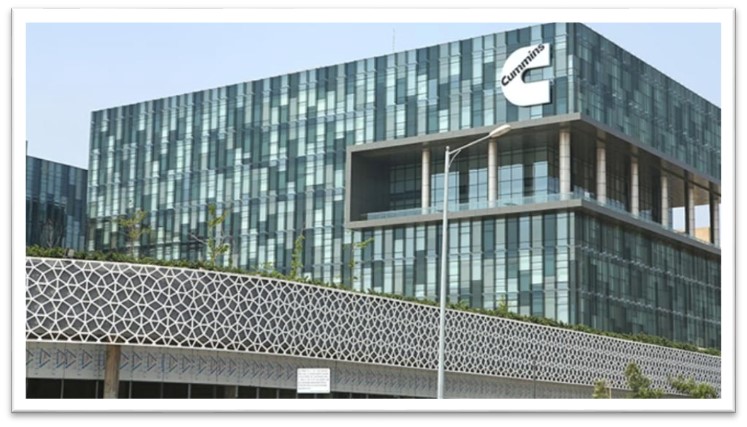
Project: Gas Suppression System
Time period: October 2018
Value: 1.2cr
Description : We have installed Gas suppression system in plant at Nano technology building
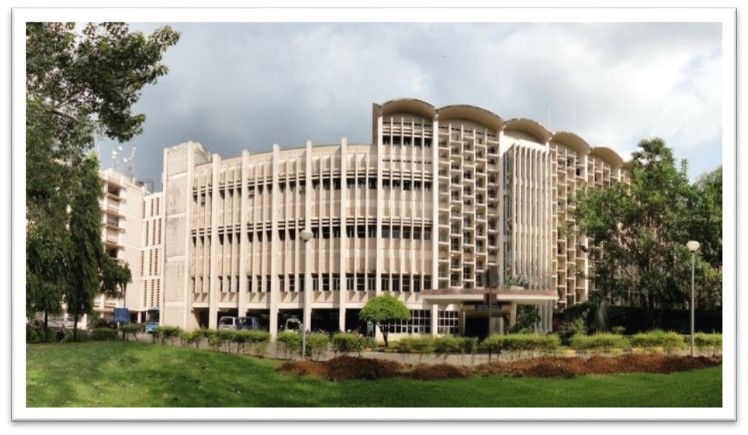
Project: Gas Suppression System
Time period: 2016
Value: 400 lacks
Description : We have installed Gas suppression system in plant at main technology building
